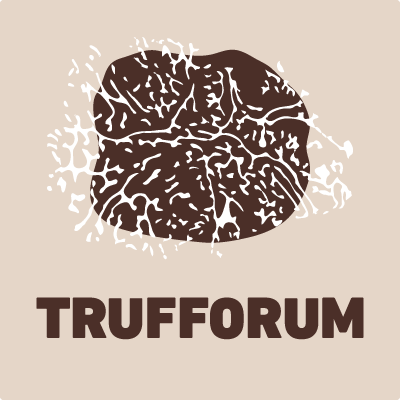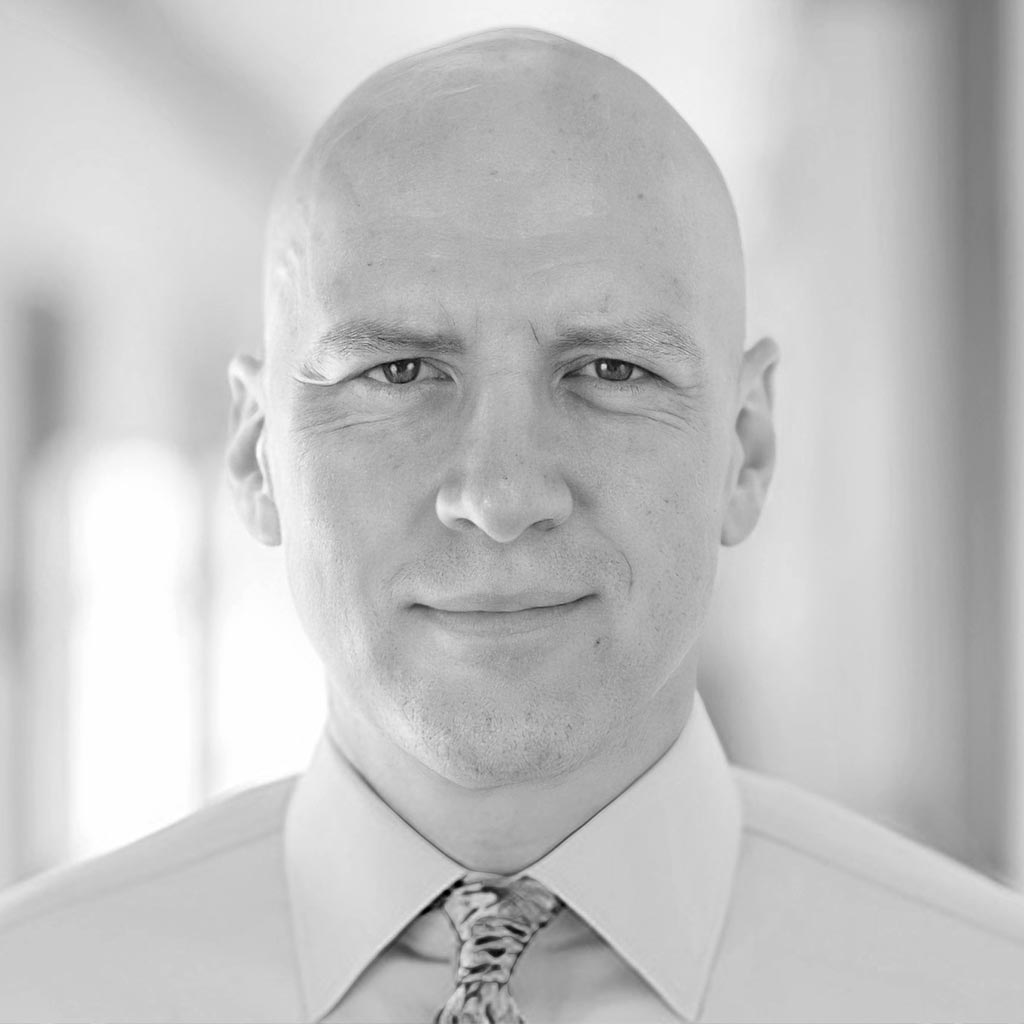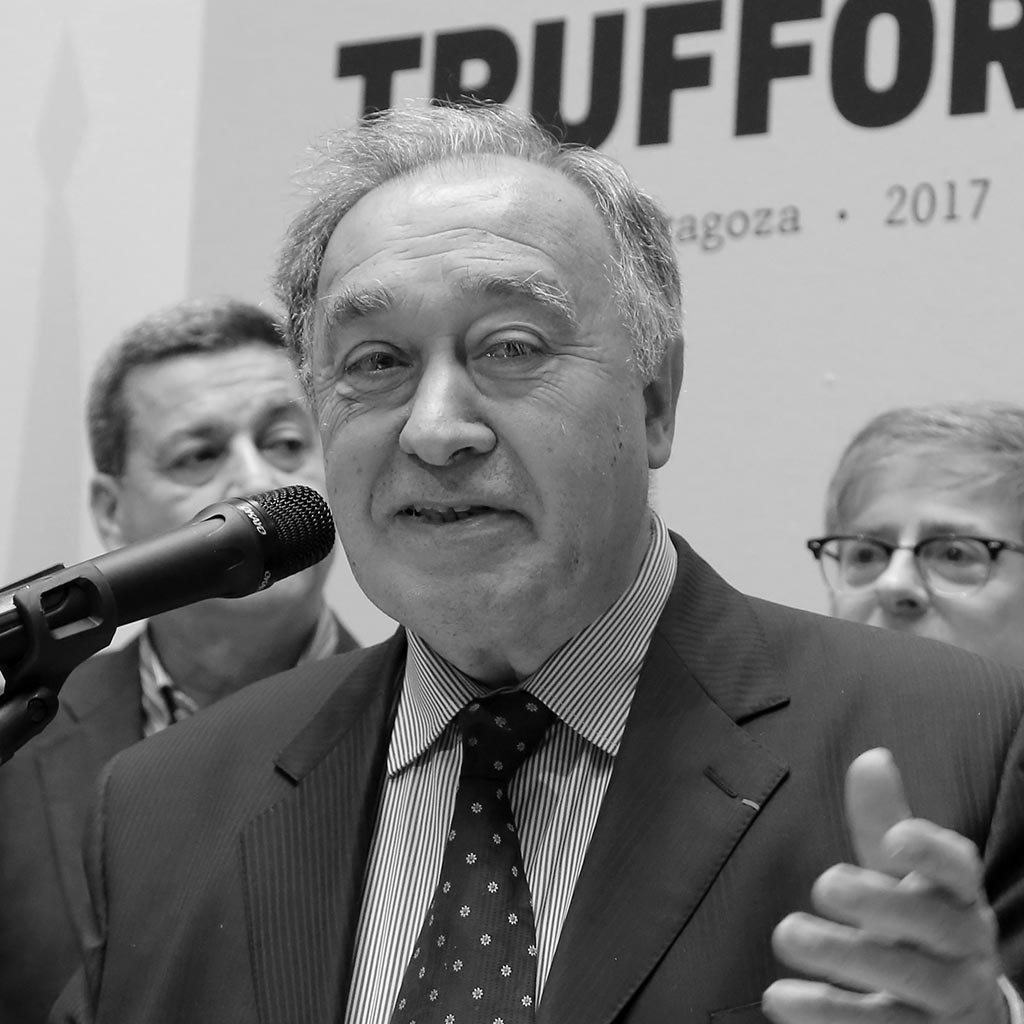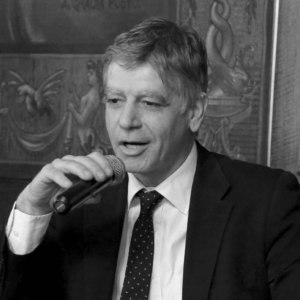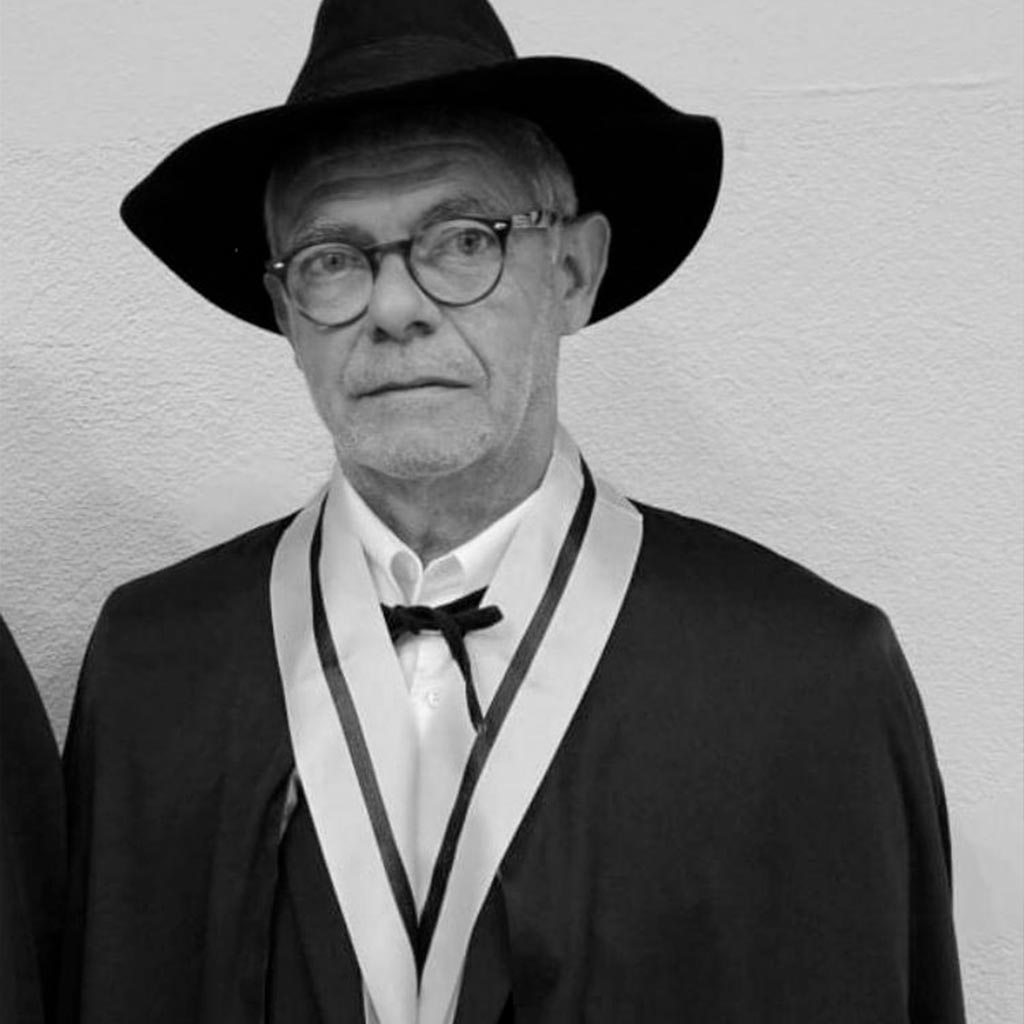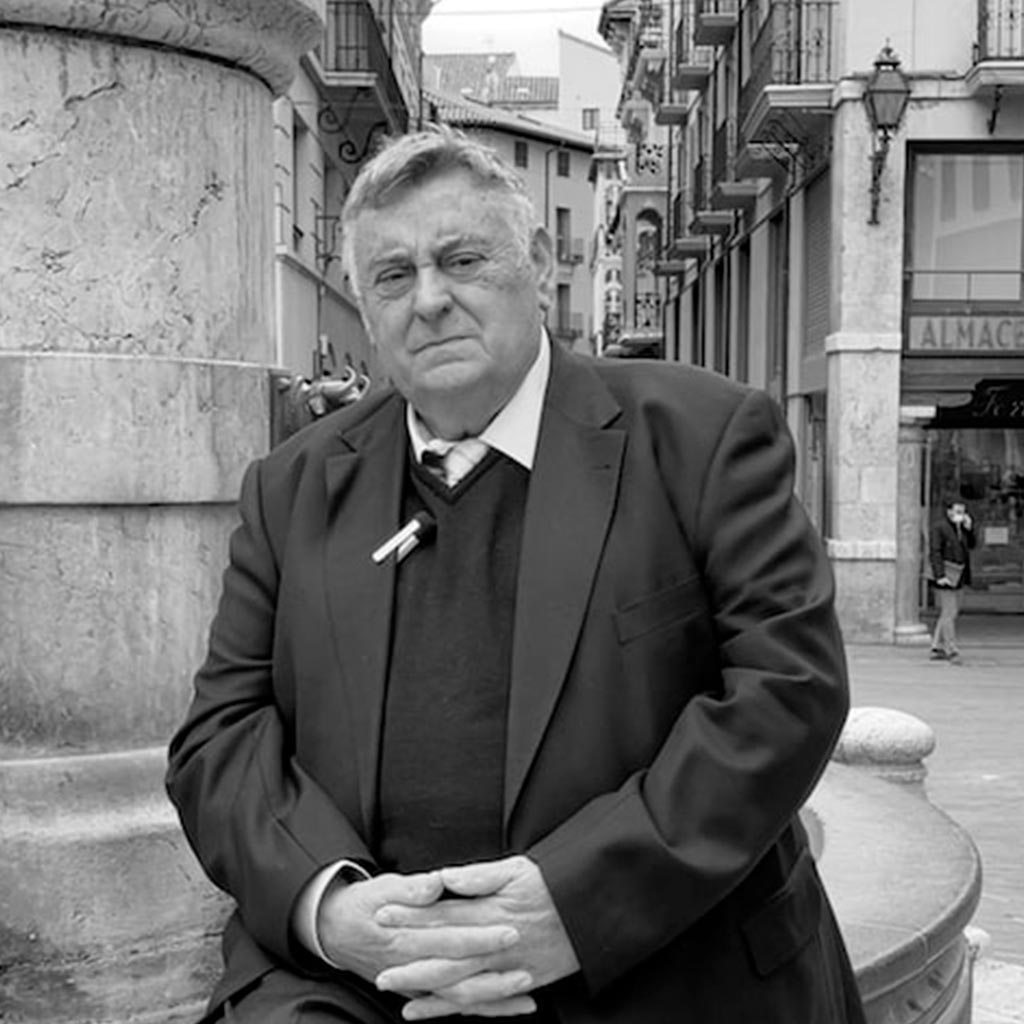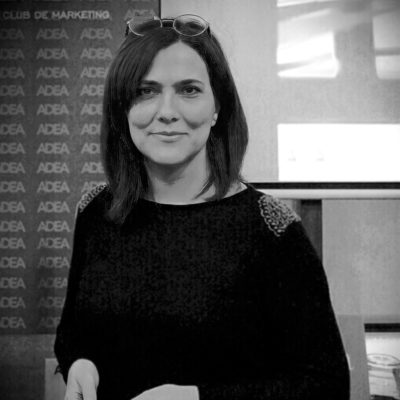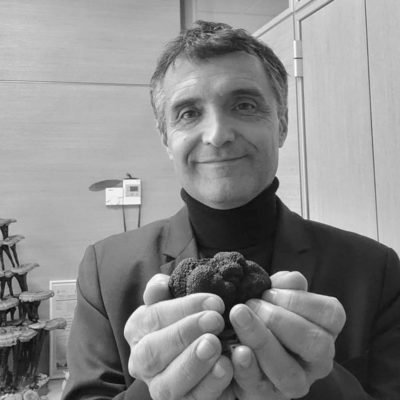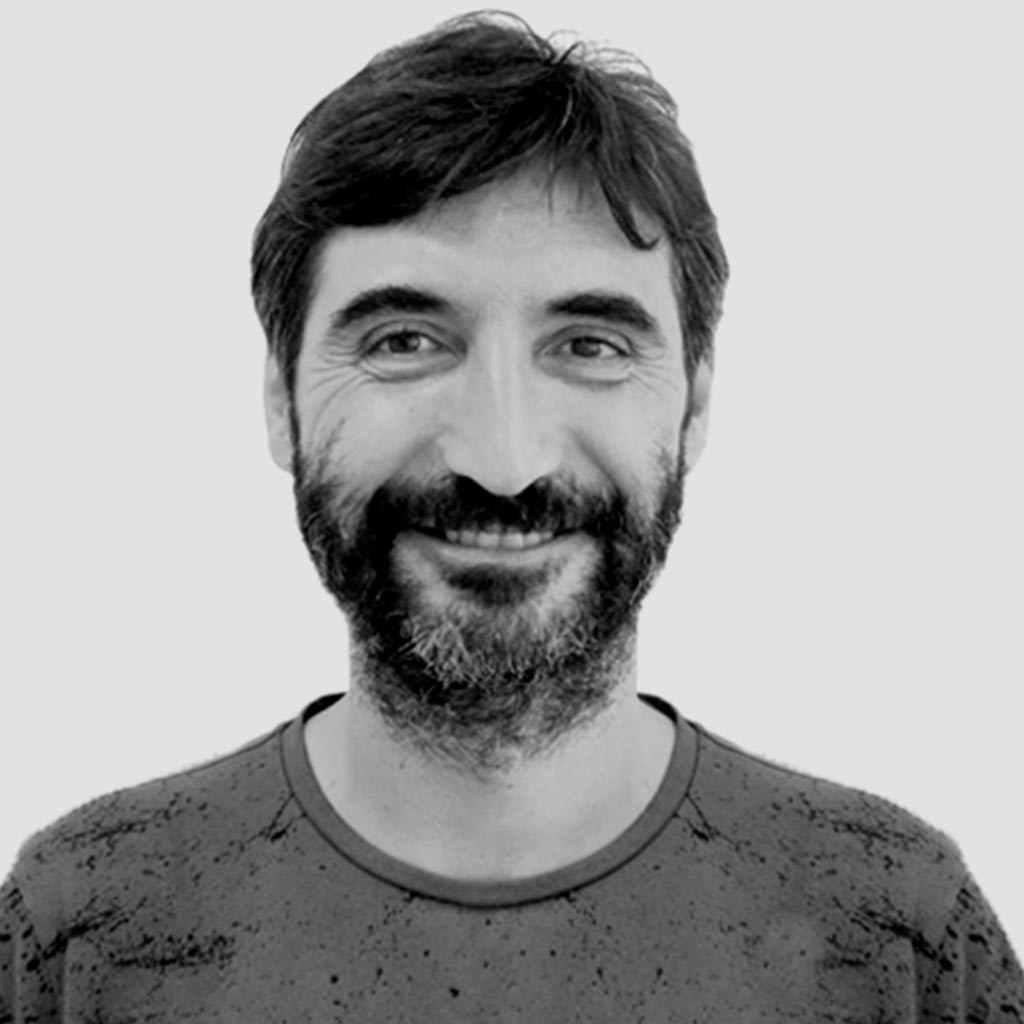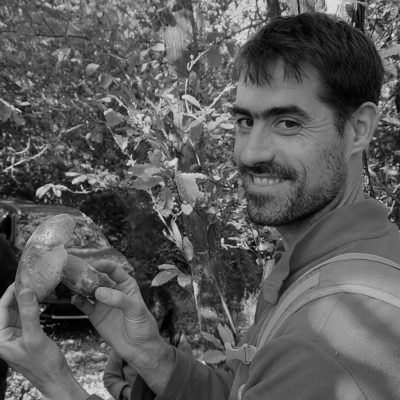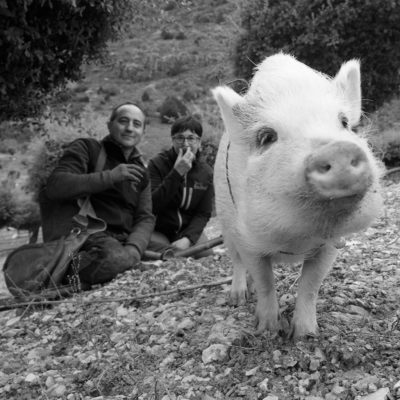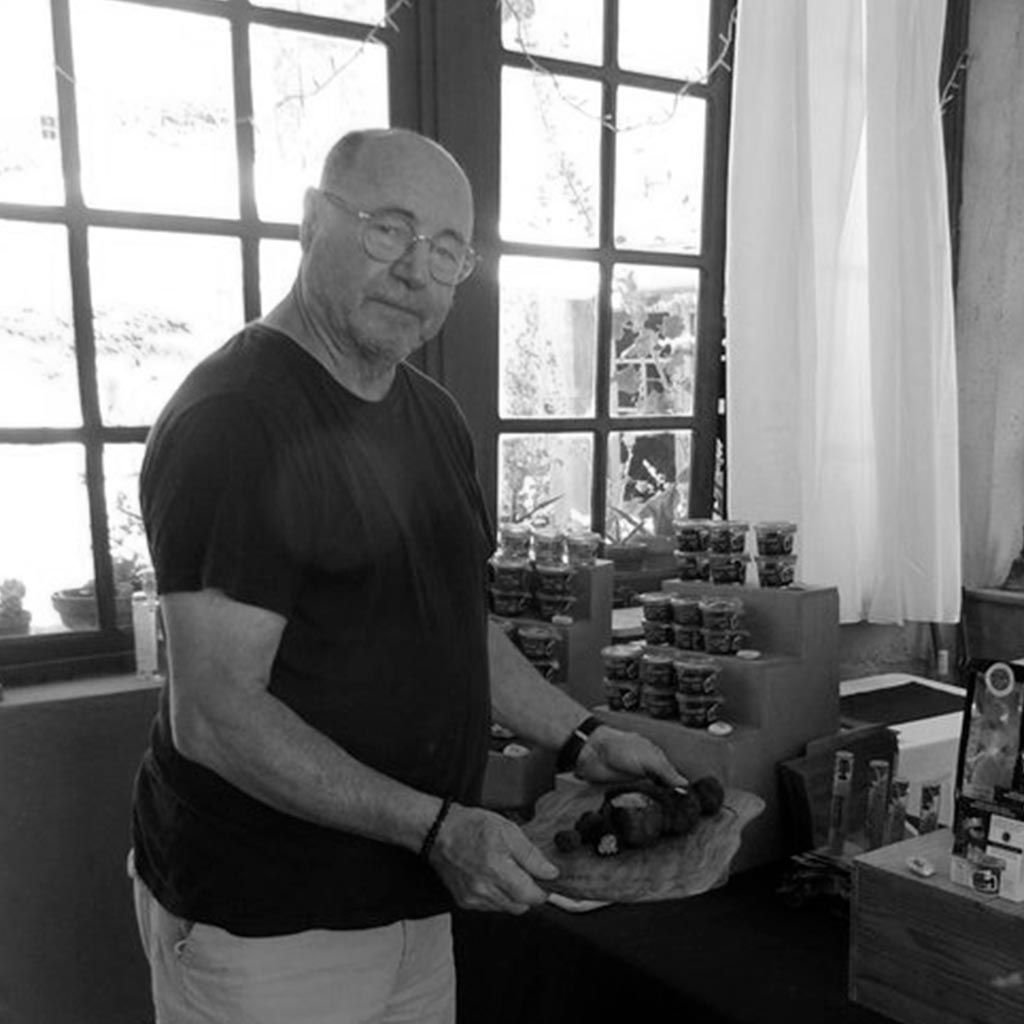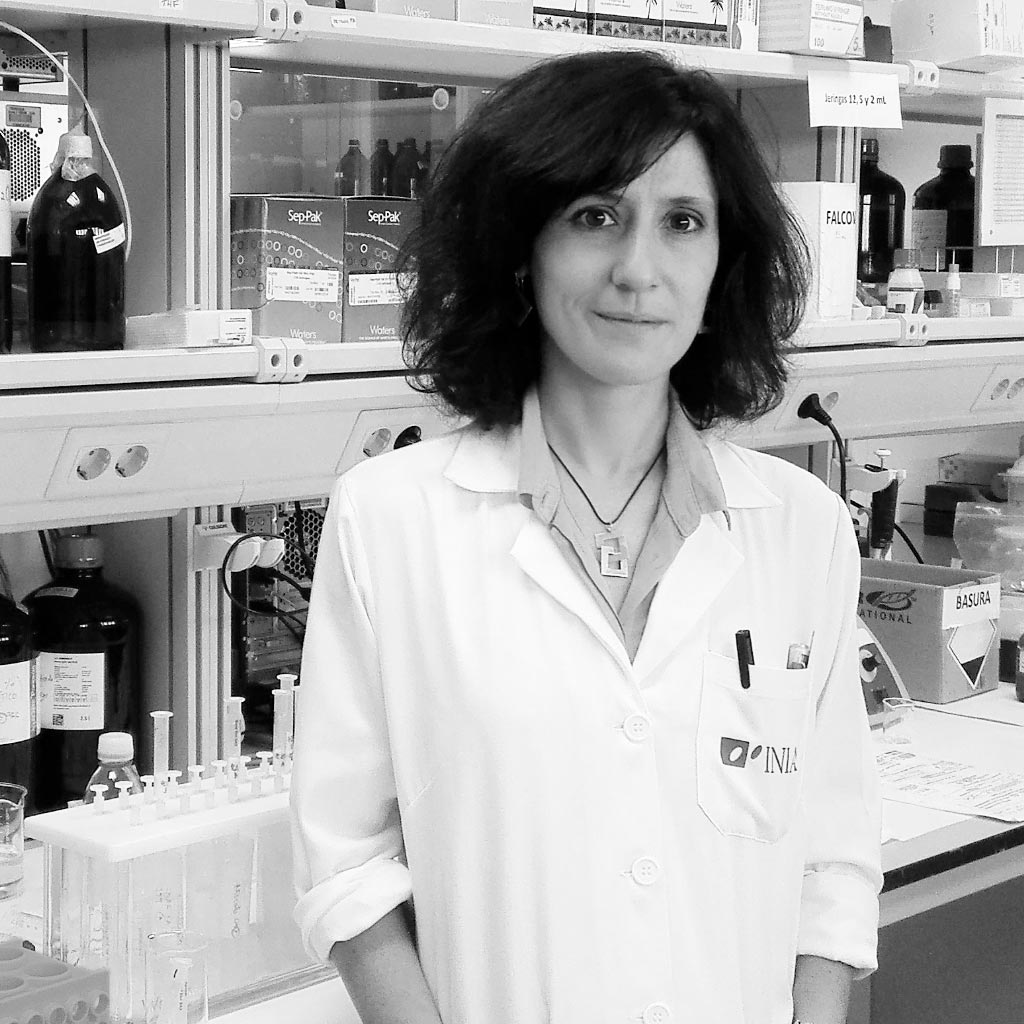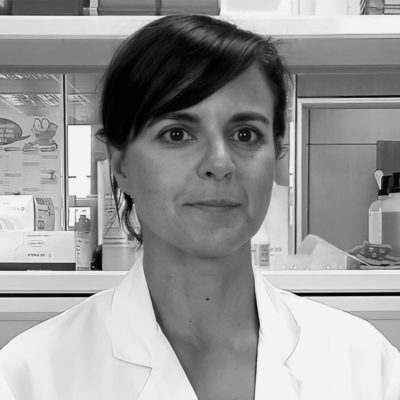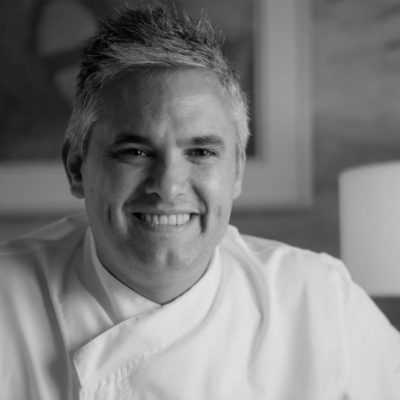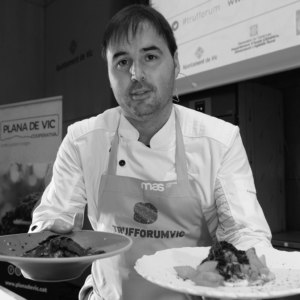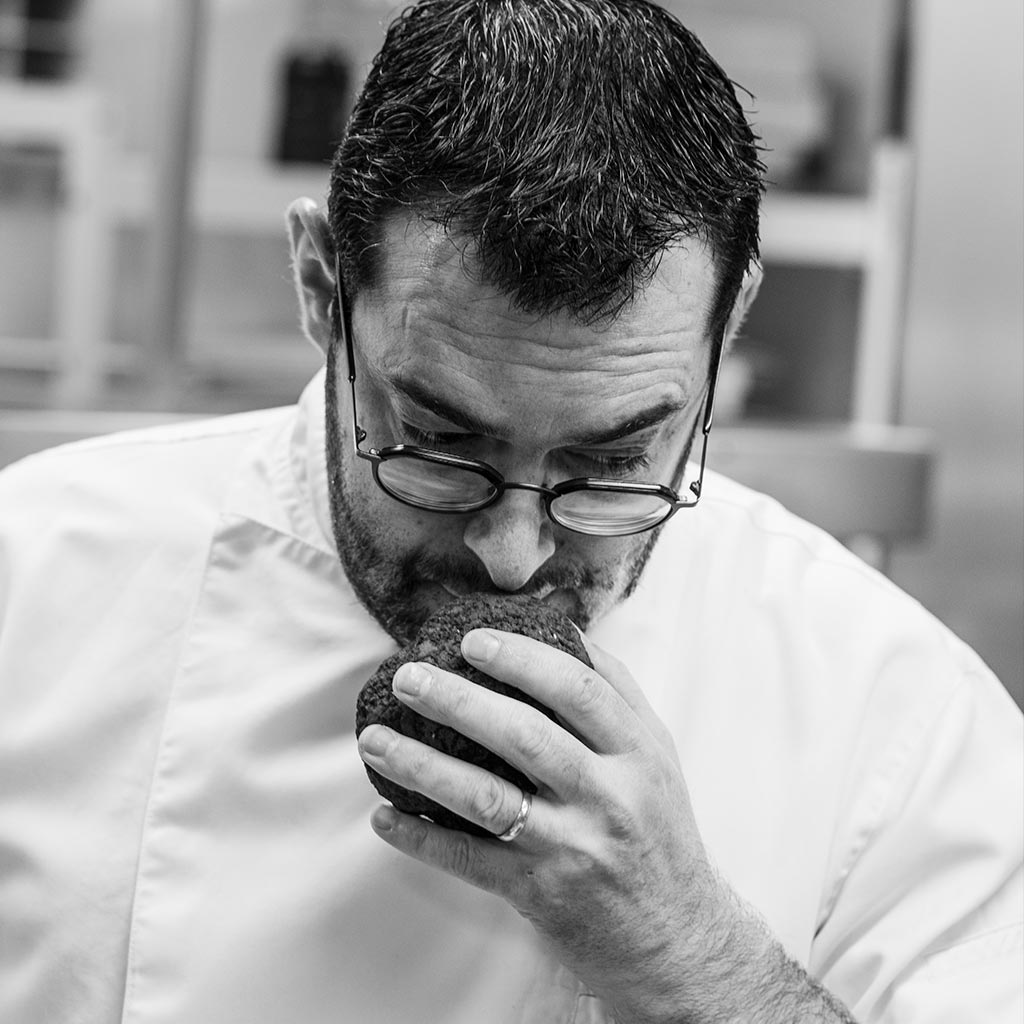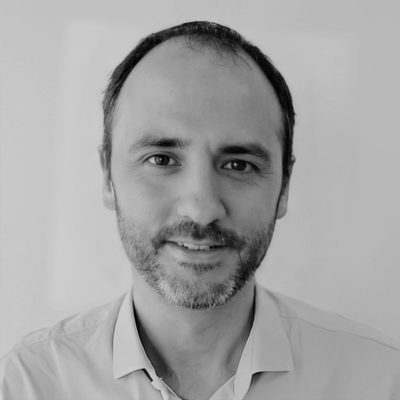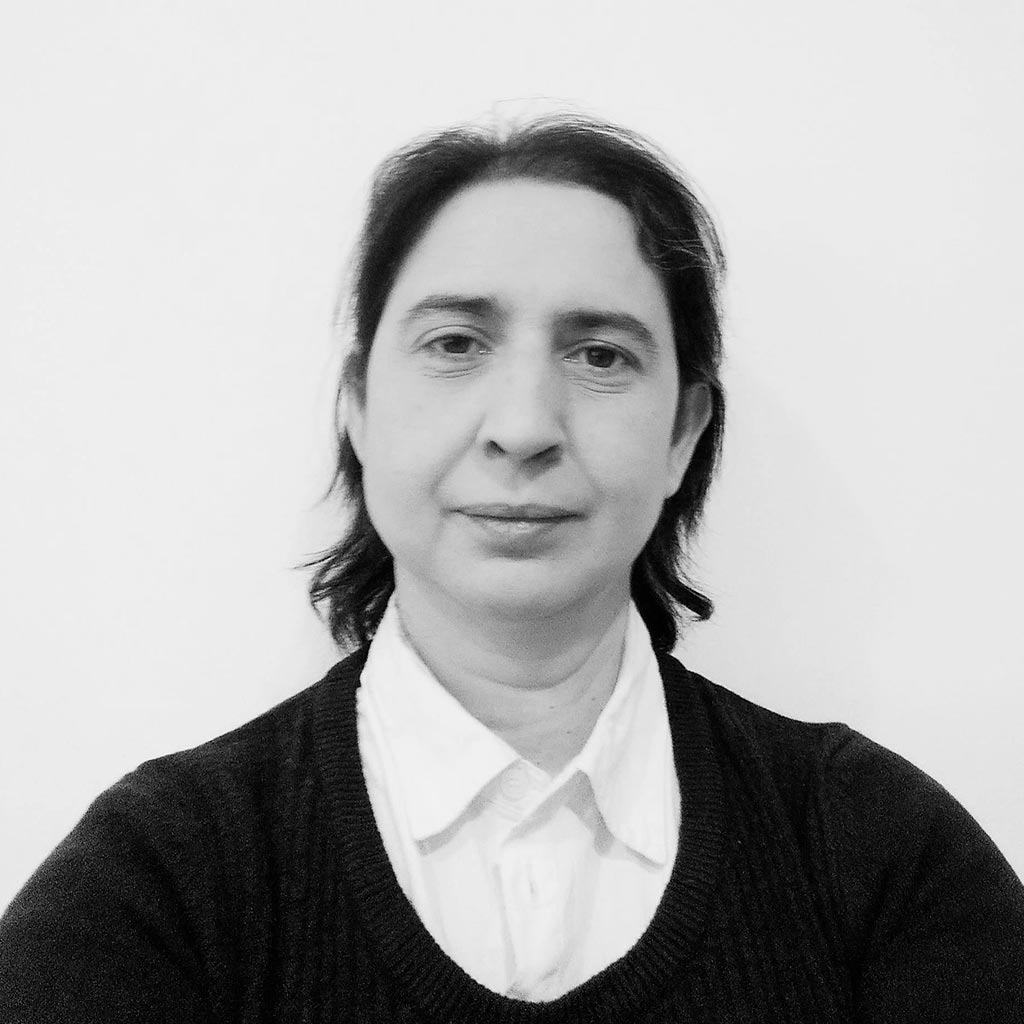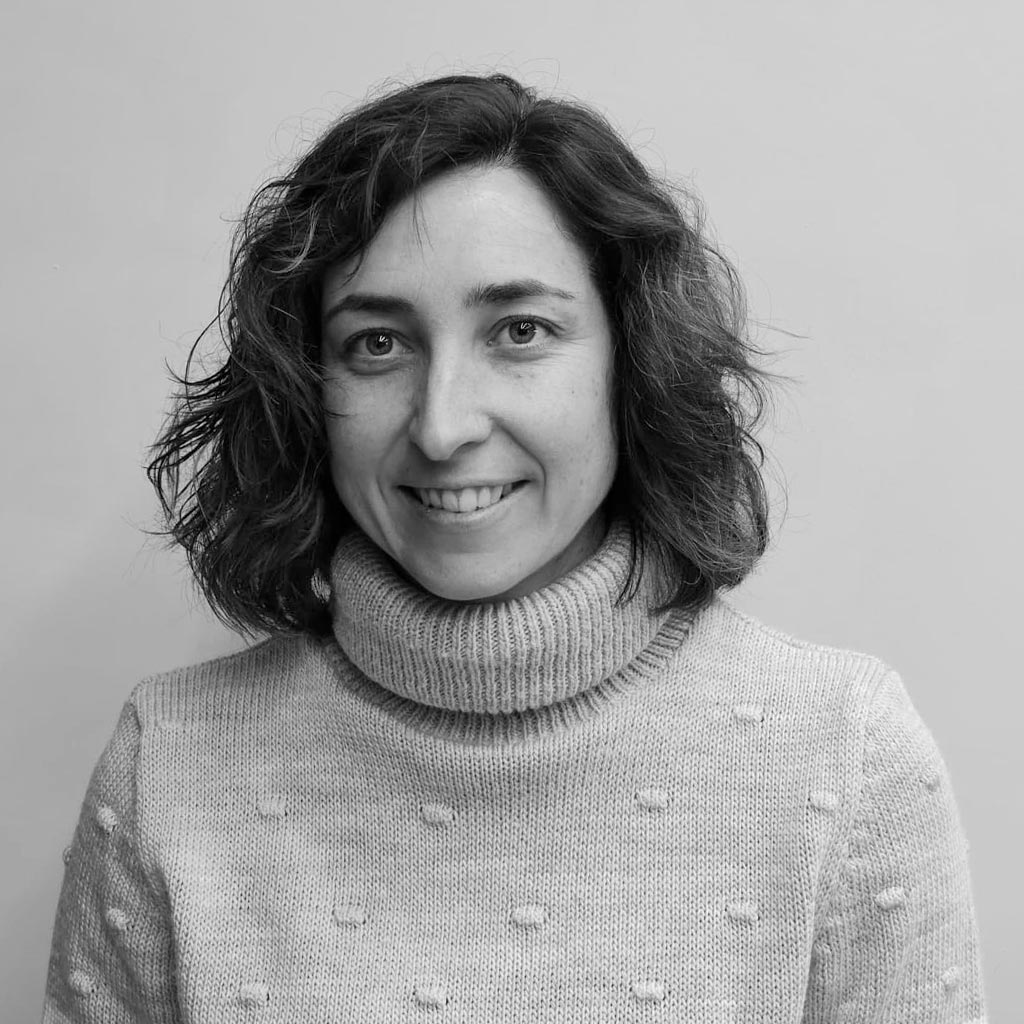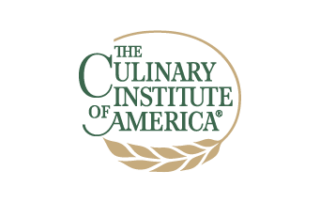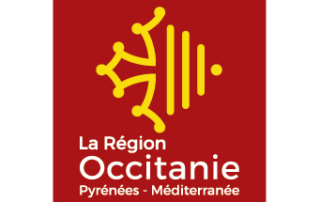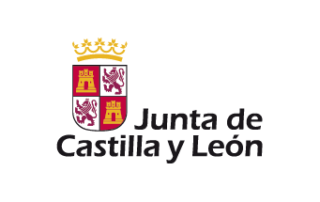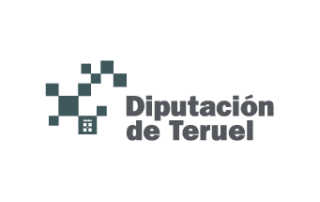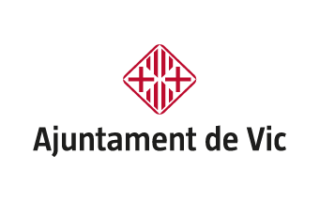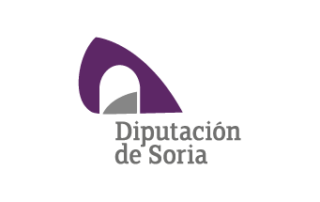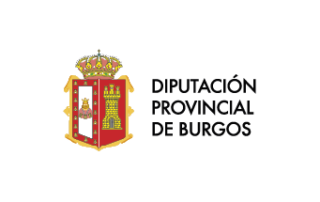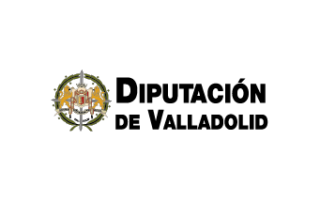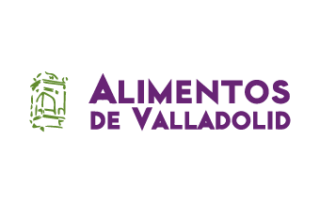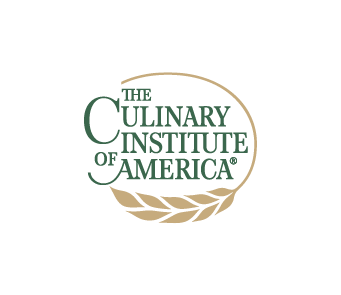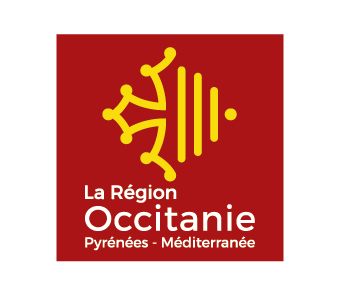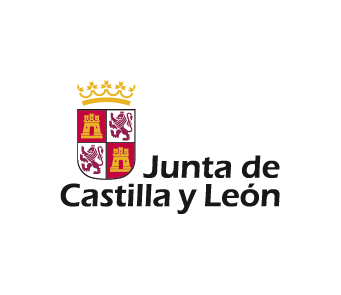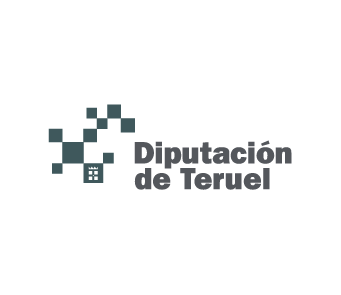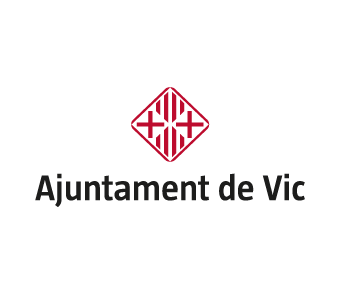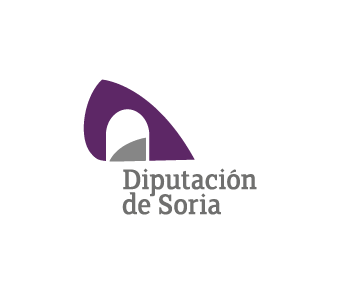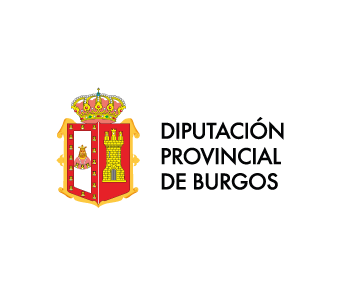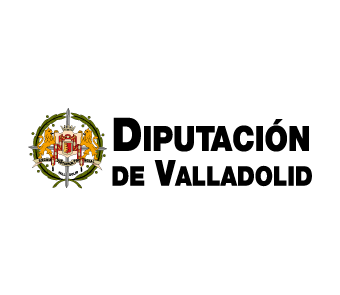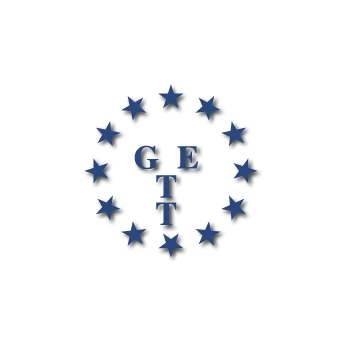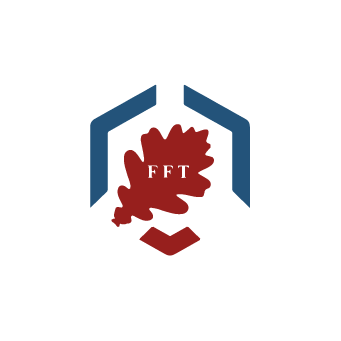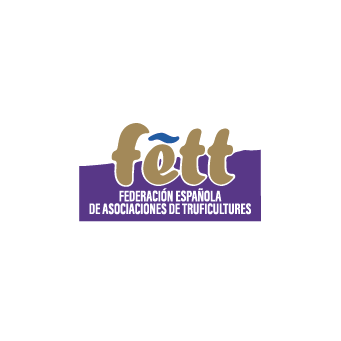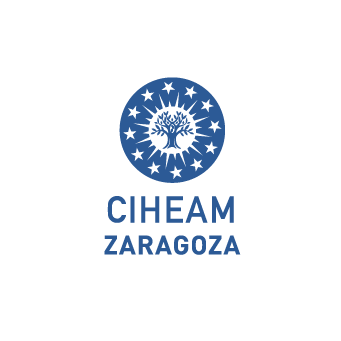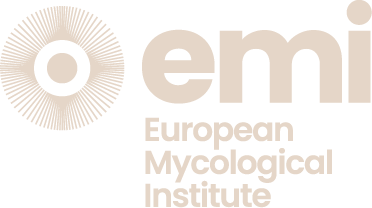The European black truffle (Tuber melanosporum) is one of the most delicate and appreciated products in gastronomy since Roman times. But, do you really know what the truffle is? Do you know its production areas? Did you know that there are many species of truffles, but that only one species is the authentic European black truffle (Tuber melanosporum)? Do you know the differences between the authentic aroma of the fresh truffle and the added imitation aromas? Do you know the different qualities of truffles? Do you know how to use the truffle so as not to lose its qualities? Would you like to practice truffle tourism in Europe? .
If you are curious about these questions, this conference will help you discover the secrets of the truffle from the hands of our producers and experts. In addition, we invite you to enjoy a face-to-face tasting of fresh truffles brought directly from our production areas to the prestigious Culinary Institute of America in New York (USA).
We will wait for you!
Activities Program Trufforum New York
Discover the secrets of the black truffle from Europe: the black diamond of the forest, appreciated in the kitchen since Roman times.
March 21, 2022 | Marriott Pavilion. The Culinary Institute of America, 1946 Campus Drive. Hyde Park, NY 12538-1499
9:00 a.m.
Presentation and coordination
- Taylor Reid. Professor at the Culinary Institute of America (CIA)
- Fernando Martínez Peña. Director European Mycological Institute (EMI).
9:20 a.m.
Welcome
- Mark V. Erickson, Provost, The Culinary Institute of America (CIA).
- Jean-Charles Savignac. Honorary President of the European Truffle and Truffle Farming Group (GETT). Paris (Francia).
- Michel Tournayre. President of the European Truffle and Truffle Farming Group (GETT). Uzès (France).
- Alain Ambialet. President of the French Federation of Truffle Farmers (FFT). Lalbenque, Occitanie (France).
- Julio Perales Vicente. President of the Spanish Federation of Truffle Farmers (FETT). Mora de Rubielos, Teruel (Spain).
9:30 a.m.
What is the European black truffle and why is it so appreciated?
- Fernando Martínez-Peña. Center for Research and Agrifood Technology of Aragon (Spain).
9:40 a.m.
Main production areas and how it is harvested.
- Daniel Oliach. Forest Science and Technology Center of Catalonia (Spain).
- Sebastien Diette. Mycea-France.
10:00 a.m.
How to distinguish the quality of truffles.
- Jacques Buffieres. La truffière du Plô du Moulin. Villeneuve Minervois, Occitanie (France).
10:10 a.m.
How is its aromatic potential preserved?
- Laura Mateo-Vivaracho. European Mycological Institute. EMI.
10:20 a.m.
Break.
10:35 a.m.
Live truffle hunting connection.
- Feli Sánchez, Javier López and Bulla the little pig . Encitruf. Soria, Castilla y León (Spain).
10:50 a.m.
What are imitation scents?
- Eva Guillamón. Center for Food Quality. INIA-CSIC.
11:00 a.m.
How is the truffle cooked?
- Nandu Jubany and Quico Arumí. Restaurant Can Jubany, Calldetenes, Catalonia.
- Pascal Bardet. Le Gindreau restaurant, Saint-Médard, Occitanie (France).
11:40 a.m.
Truffle tourism in Europe.
- Joaquin Latorre. European Mycological Institute. EMI.
11:50 a.m.
Face-to-face tasting of fresh truffles from Europe.
- Isabel Bertolín , Cristina Cariñena and Silvia Doñate . Truffle tasting panel of the Teruel Truffle Growers Association. ATRUTER, (Spain).
12:10 p.m.
How much have you learned about Europe’s black truffle?
- Ana Alonso. European Mycological Institute. EMI.
12:20 p.m.
End of activity.
Organize
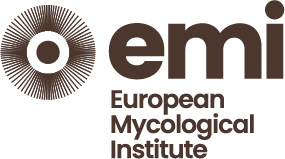
Organize

Collaborate
